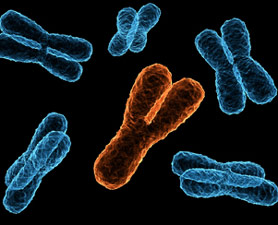
© Getty Images The rare annular solar eclipse was visible across much of Africa and Asia. During the 7 minutes 15 seconds annularity, the moon passes directly in front of the sun, leaving a spectacular ring of fire. The whole eclipse took 4 hours, 11:05 a.m. until 03.05 p.m.
Thousands of people in Africa and Asia have viewed an eclipse as the moon crossed the sun's path blocking everything but a narrow, blazing rim of light.
The path of the eclipse began in Africa - passing through Chad, the Democratic Republic of Congo, Uganda, Kenya and Somalia before crossing the Indian Ocean, where it reached its peak, according to the National Aeronautics and Space Administration website.
The path then continued into Asia where the eclipse could be seen in the Maldives, southern India, parts of Sri Lanka, Burma and China.
Clouds obscured the partial solar eclipse in the Kenyan capital Nairobi, disappointing residents who were up early to catch a glimpse.




